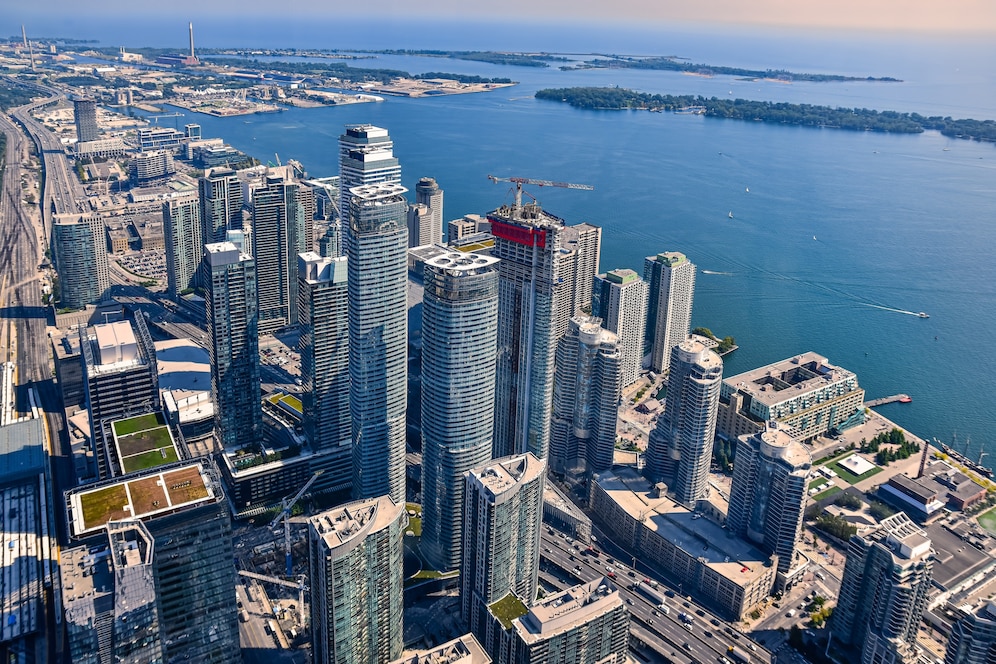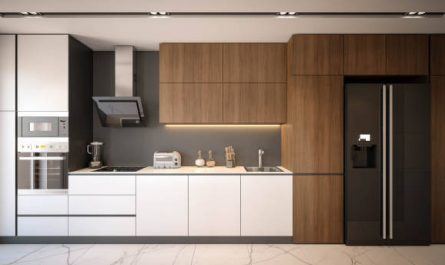Whether you are building a home, renovating a home, or planning to purchase a home, choosing the right London home builders can be an important decision. There are some important questions to ask, including whether the builder uses environmentally friendly products and concepts.
Choosing the right builder
Choosing the right London home builders is not a walk in the park. It is important to do your research in order to avoid a costly builder-client dispute. You want to find a company that is not only competent, but reputable as well.
The best way to do this is by asking for referrals. Check with friends and family, and see if they have used a builder. They may be able to help you find a local tradesman.
Make sure you have all the paperwork you need to get the best building quote possible. A good builder will be happy to provide you with a list of references. Check to see if the builder is a member of any trade associations. The FMB is a good source of reputable local builders.
Check to see if the builder is current with local building codes. You don’t want to spend your hard earned money on a builder who does not know the ins and outs of your area.
Energy-efficient products
Creating an energy efficient home requires more than a few clever design decisions. You need to consider your climate zone, the type of windows and glazing you install, as well as the materials used for your foundation. These decisions will help you save money, reduce energy use, and protect the environment. You will also enjoy the benefits of a comfortable home.
A home with a well-insulated foundation and a continuous layer of rigid foam insulation under the slab will help you reduce your energy bills. If you have a crawl space you will also want to consider the best insulation material for your home.
You should also consider high thermal mass materials for your walls. These absorb heat energy and slow the rate at which heat is transferred. You may also want to consider an air and moisture barrier to help prevent moisture from affecting your wall system.
You may also want to consider purchasing a high efficiency water heater. Water heating accounts for about 15 percent of your home’s energy usage.
Net zero ready concepts
‘Net zero ready’ is a term used to describe a building that meets the lowest possible emissions standards. It encourages developers to steer the lifecycle of a building and to take responsibility for its impact on the environment.
Buildings are responsible for almost half of the UK’s greenhouse gas emissions. The UK government has set legally binding targets to reduce emissions by 2050. The aim is to produce net zero carbon emissions by that date. In order to meet the UK’s requirements, developers will need to follow a number of key guidelines.
For starters, the UKGBC framework requires developers to publicly disclose the amount of carbon emissions emitted annually and during the lifetime of a building. It also requires that developers disclose any offsets.
Buildings that meet net zero standards will produce as much energy as they use. As a result, they will have reduced carbon emissions when they are first built. In addition, the building will have the potential to become fully zero carbon when energy-generating technology is installed.
Green building concepts
Using renewable materials to build a green home can significantly reduce the environmental impact of the structure. It is possible for up to 75 per cent of the superstructure’s weight to be made from renewable materials.
For instance, the Heart of School in Green School Bali was built using bamboo. This material is rapidly replenished and can be recycled. Another example is Renzo Piano’s California Academy of Sciences, which is built from recycled blue jeans.
Buildings can also reduce pollution by using designs that allow them to adapt to changing environments. The New York Times Building is one example of an architectural design that uses deep set windows to shade the sun.
One of the most cutting edge features of green homes is the grey-water system. This system collects waste water from showers,London laundry and toilets and filters it. Once filtered, it is used to sanitize the water. This helps reduce the amount of water needed for toilets and reduces the need for water.




